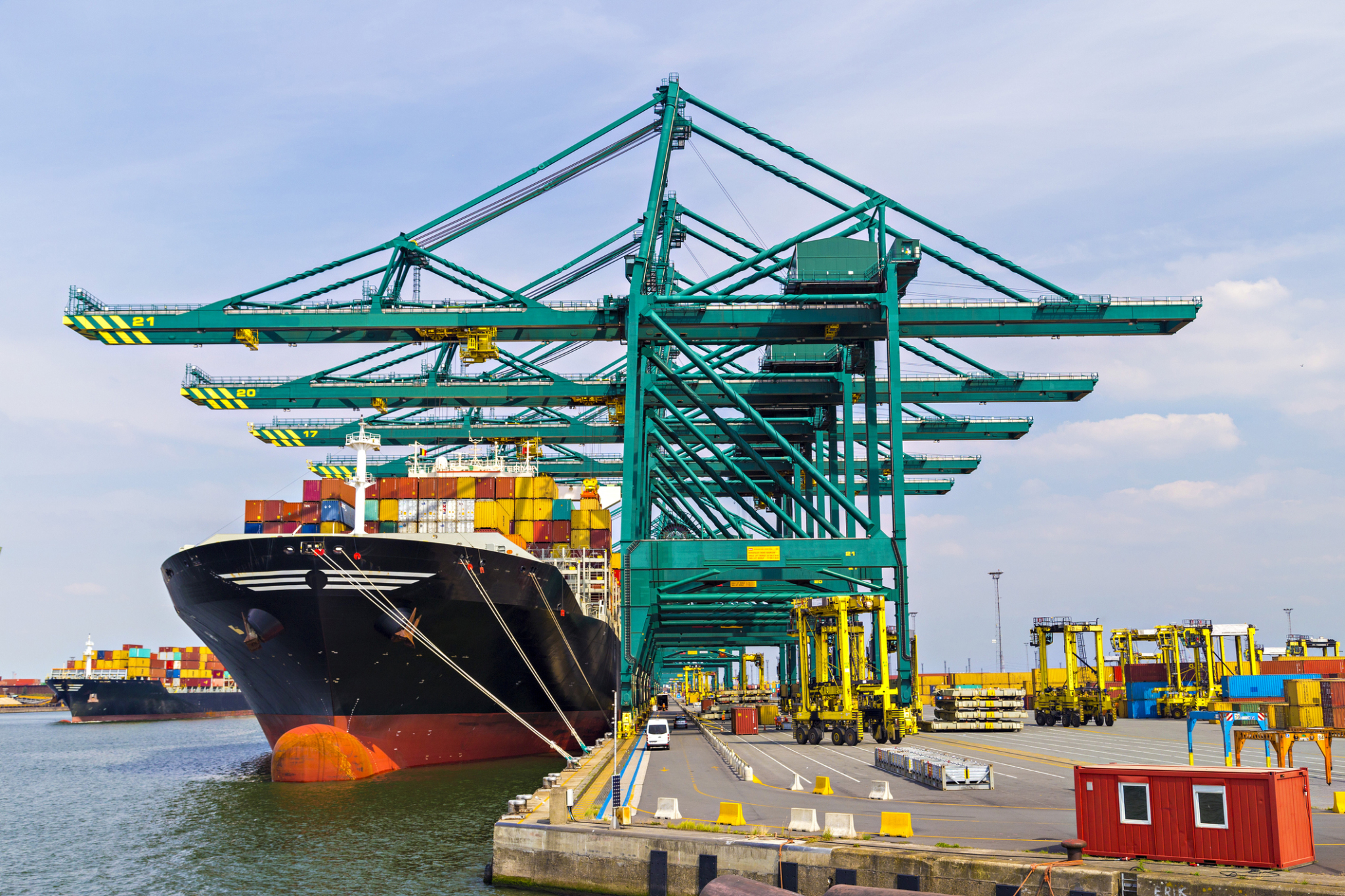
We’ve been warning about what the impending flood of cheap autos from China will do to the U.S. auto market. It’s already happening in Europe.
Chinese Premier Xi Jinping visited France this week to meet with French President Emmanuel Marcon. The two discussed a range of hot-button topics, including China’s support of Russia and a whole bunch of trade issues. It does not appear much progress was made.
An article published in France’s famed newspaper Le Monde may provide some insight as to why.
During Xi’s visit, Le Monde ran quite the timely story on how a flood of automobiles from China is threatening the European market. Le Monde correspondent Jean-Pierre Stroobants visited the Antwerp-Bruges Port in Belgium to examine how a glut of Chinese autos are inundating the market, and what he found is that the ports are absolutely overwhelmed:
“‘Yes, we now have cars that are parked here for a year, sometimes a year and a half,’ confirmed an ICO employee on condition of anonymity. ‘There are days when the chaos is truly unmanageable,’ confirmed one of his colleagues, stubbing out his cigarette with his foot.”
Between 600,000 and 1 million Chinese-made vehicles are expected to be unloaded at the Antwerp-Bruges port in 2024. Both electric vehicles and internal combustion-powered vehicles are coming, including from brands like Tesla, BMW, and Polestar. Audi is expected to soon join the mix. All of these vehicles were made in China.
Meanwhile, the nearby Calloo port is also overwhelmed, Le Monde reports. Calloo’s massive parking lots are set up to host 130,000 vehicles “but they now find themselves too cramped.”
“In 2022,3.4 million vehicles passed through the two ports,” Stroobants writes. “Since then, the market has evolved further, challenges have multiplied and operators are doing their best to resolve vehicle storage issues.”
What is happening in Belgium not only should set off alarm bells throughout Europe, but also must serve as a warning sign to the United States.
To put it in simple terms: China has an auto overcapacity problem. It is making far more cars than it needs, and so it is exporting all those extra vehicles to Europe. And that’s a problem, because there isn’t enough demand in Europe for all those new Chinese-made vehicles, especially considering Europe has plenty of automakers of its own.
It’s not just Belgium ports that are overwhelmed; the European auto market is now facing a “seismic shift,” the Financial Times reported:
“[A]nalysts at UBS… expect Chinese brands to account for one in five cars sold in Europe by 2030, compared to just 3 per cent last year, to the detriment of established nameplates.
“China’s battery and electric-vehicle manufacturers are following a playbook that foreign executives claim has damaged other overseas industries: overinvestment fuelled by subsidies and local government support that results in excess capacity then unleashed on global markets.”
Officials in Europe are so worried about the rising flood of Chinese autos that the European Commission launched an investigation into Chinese subsidies for autos, and it is looking like that investigation will lead to tariffs.
This is probably a good time to shift focus to what’s happening in the United States — and why the situation in Europe should be setting off major alarm bells here.
The only reason why ports in places like Los Angeles, Houston and Savannah aren’t overwhelmed with Chinese imports of cars, trucks and SUVs is that the United States already has placed tariffs on Chinese-made vehicles. Thus, Chinese automakers sent their vehicles elsewhere — or better phrased, pretty much everywhere else.
But the U.S. tariffs haven’t solved the problem for good; they’ve merely kicked the can down the road, so to speak. The American automobile market is just so lucrative, and Chinese automakers are looking for loopholes to get around the tariffs. Indeed, the Chinese-made Volvo EX30 is expected to hit U.S. auto lots this summer. Meanwhile, many Chinese automakers are seeking to use Mexico as a backdoor to enter the U.S. market, which we warned earlier this year could lead to an “extinction-level event” for the U.S. auto industry.
We offered an array of policy suggestions in our On a Collision Course report to taking on China’s out-of-control auto overcapacity, including imposing additional tariffs and enacting Section 421 import surge protection. Lawmakers like Sen. Sherrod Brown (D-Ohio) have called for an outright ban of Chinese vehicles.
All of this brings us back to Xi’s visit to France. While Macron went out of his way to charm Xi, the two sides didn’t make any headway on the issues at hand, including Chinese overcapacity. That’s probably because Xi is officially denying his country has an overcapacity problem at all, which provides some insight into how the rest of the world needs to respond to it.
China is going to keep sending its automobiles — and steel, and solar panels, and a whole bunch of stuff — abroad to Europe and the United States for as long as it can. That’s the gameplan; China isn’t going to suddenly reverse course after a two-day trip. With this knowledge, it is now up to policymakers to put policy in place that ensures our own industries, including automobiles, will be able to stand their ground against the impending flood.
